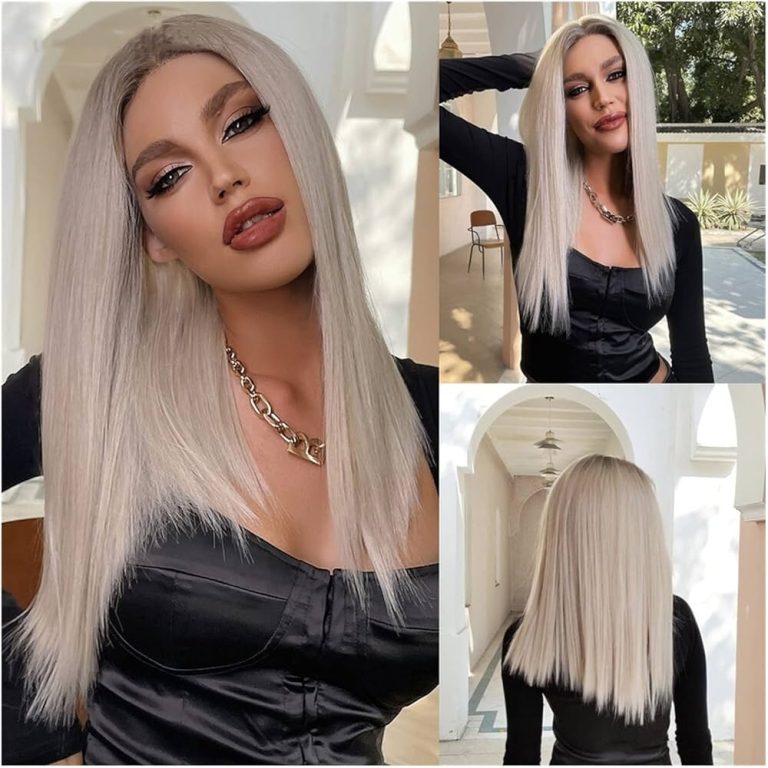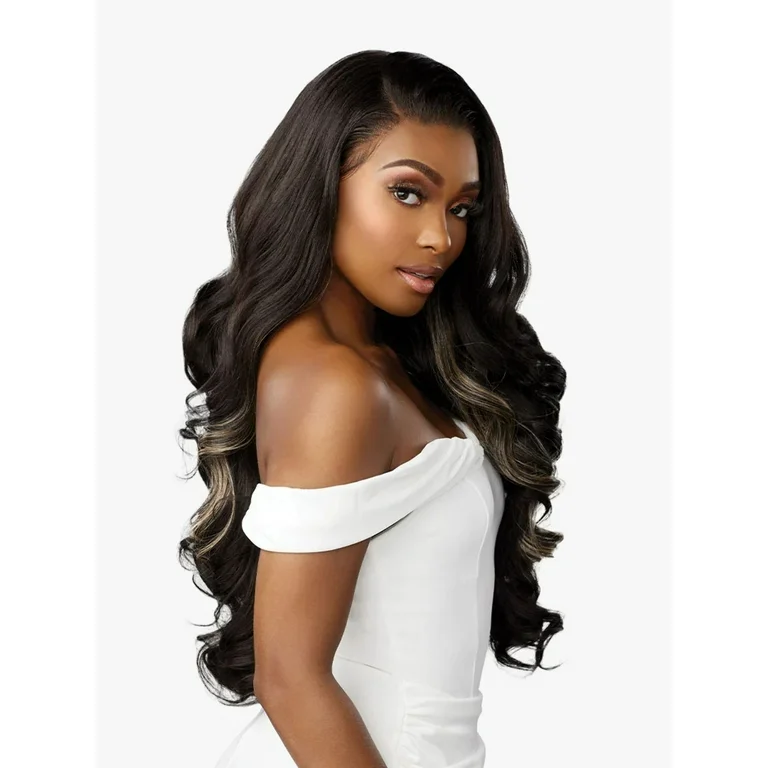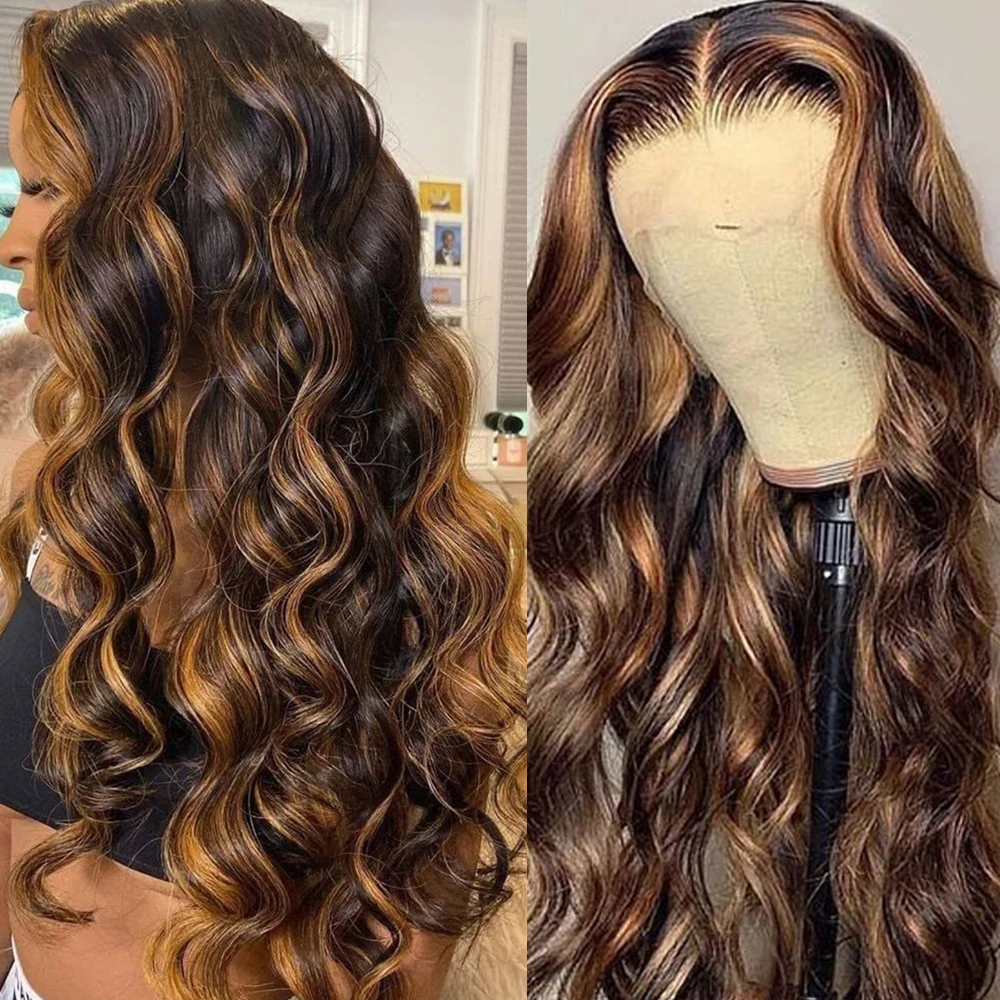
Are Wigs Harmful to Your Natural Hair? Truth Revealed
Introduction: The Wig Debate
Wigs have become increasingly popular in recent years, offering versatility and style options for people of all backgrounds. However, a common question persists: Are wigs bad for your hair? This topic has sparked numerous debates among hair care enthusiasts, stylists, and wig wearers. Some claim that wigs can cause damage to natural hair, while others praise them as protective styles. The truth, as with many aspects of hair care, lies somewhere in the middle. This blog post aims to explore the relationship between wigs and hair health, examining both potential risks and benefits.
By understanding the impact of wigs on natural hair, individuals can make informed decisions about their hair care routines. Various factors come into play when assessing the effects of wigs on hair health, including wig type, application method, and overall hair care practices. Through this exploration, readers will gain insights into how to wear wigs safely and maintain healthy natural hair underneath. Whether you’re a seasoned wig wearer or considering trying one for the first time, this information will help you navigate the world of wigs with confidence and care for your natural hair.
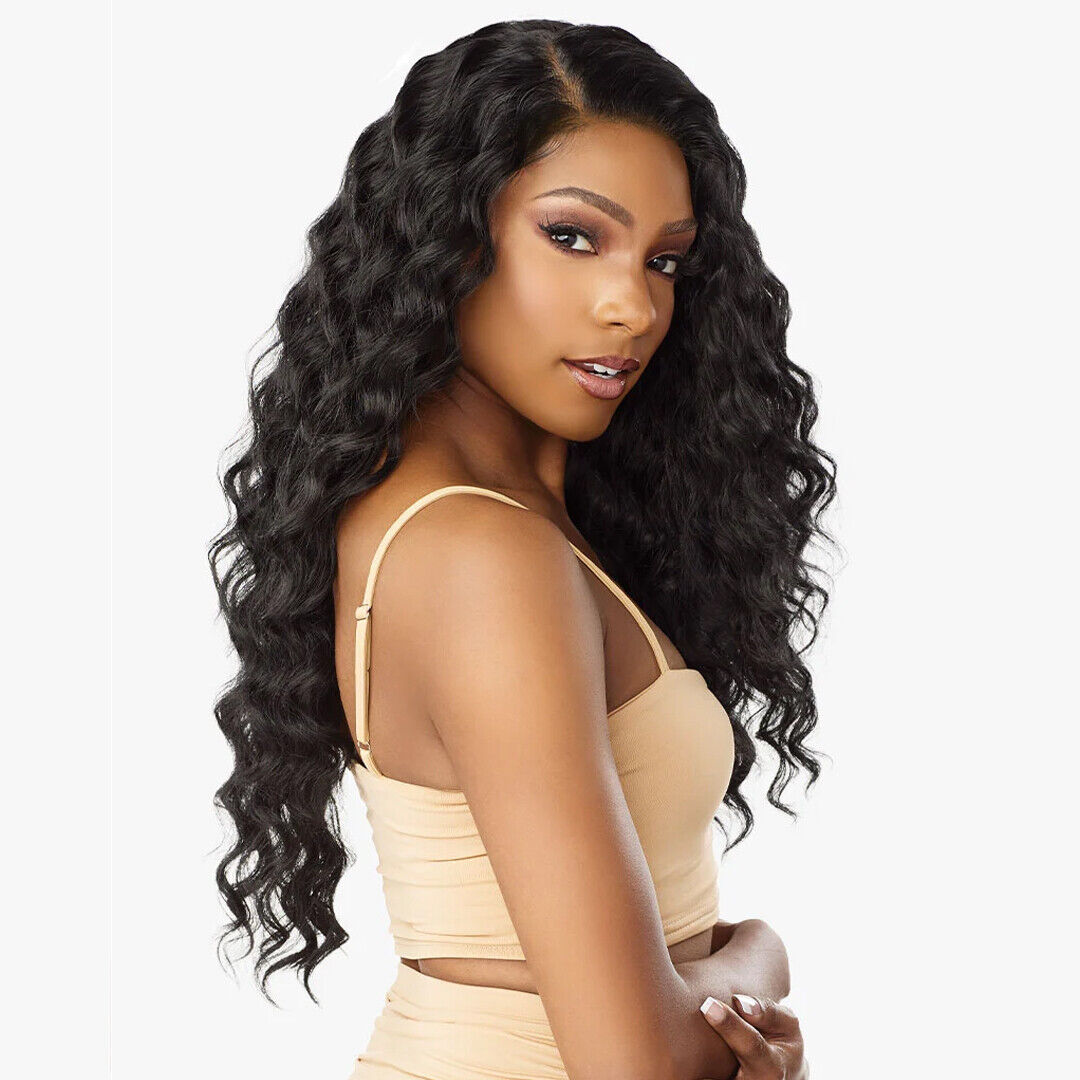
Understanding Wig Types and Their Impact
Different types of wigs can have varying effects on natural hair. Lace front wigs, full lace wigs, and traditional cap wigs each interact with the scalp and hair in unique ways. Lace front wigs, popular for their natural-looking hairline, typically cause less tension on the hairline compared to traditional cap wigs. Full lace wigs, while more breathable, require careful application to prevent damage. Synthetic wigs tend to be less breathable than human hair wigs, which can affect scalp health if worn for extended periods. Human hair wigs, while more expensive, often allow for better air circulation.
The weight of the wig also plays a role in its impact on natural hair. Heavier wigs can cause more strain on the hair and scalp, potentially leading to traction alopecia if worn improperly or for too long. Lighter wigs, on the other hand, may be more comfortable for daily wear. The construction of the wig cap is another crucial factor. Caps with adjustable straps and combs can distribute tension more evenly, reducing the risk of damage to specific areas of the scalp. Monofilament caps, which allow for multi-directional parting, often provide a more natural look and better scalp ventilation. By understanding these differences, wig wearers can choose styles that minimize potential harm to their natural hair.
Proper Wig Application: Protecting Your Natural Hair
The way a wig is applied significantly influences its impact on natural hair. Proper application techniques can minimize damage and promote hair health. Start by preparing the natural hair correctly. Thoroughly cleanse and condition the hair, then apply a leave-in conditioner to keep it moisturized. Braiding or cornrowing the natural hair creates a flat surface for the wig while protecting the hair strands. Use a wig cap to further protect the natural hair and create a smooth base for the wig. When applying the wig, avoid placing excessive tension on the hairline.
Adjust the wig’s combs or straps to distribute pressure evenly across the scalp. For adhesive applications, use gentle, skin-safe products and apply them sparingly to prevent irritation. Never apply adhesive directly to the natural hairline, as this can cause damage and hair loss. Consider using a scalp protector before applying any adhesives. When removing the wig, be gentle to avoid pulling out natural hair. Use appropriate adhesive removers for glued wigs and gently detangle any knots or tangles in the natural hair. Regular breaks from wig-wearing allow the scalp to breathe and natural hair to recover. By following these application and removal techniques, wig wearers can significantly reduce the risk of damage to their natural hair.
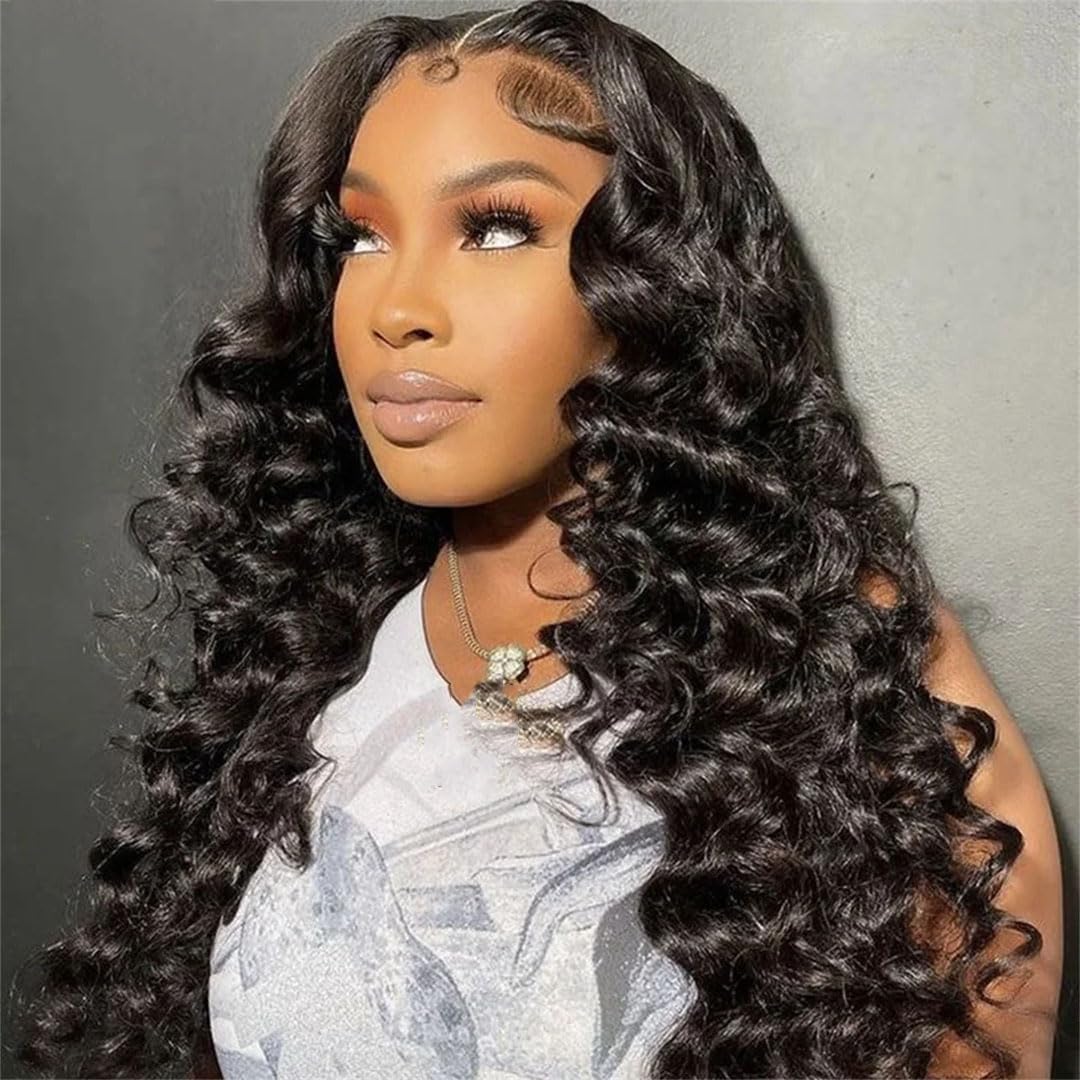
Maintaining Scalp Health Under Wigs
Scalp health plays a crucial role in overall hair health, especially when wearing wigs regularly. The enclosed environment created by a wig can sometimes lead to scalp issues if not properly managed. Ensure proper ventilation by choosing wigs with breathable caps or incorporating breaks in your wig-wearing routine. Regularly cleanse the scalp to remove buildup of sweat, oils, and products. Use a gentle, sulfate-free shampoo to avoid stripping the scalp of natural oils. Consider using a scalp toner or tea tree oil solution to maintain a healthy pH balance and combat fungal growth.
Moisturize the scalp with light, non-greasy products to prevent dryness and flaking. Be cautious of over-moisturizing, as this can lead to a breeding ground for bacteria. Gently massage the scalp regularly to stimulate blood flow and promote hair growth. This can be done during cleansing or with a scalp massaging tool. Watch for signs of scalp irritation, such as redness, itching, or flaking, and address these issues promptly. If persistent scalp problems occur, consult a dermatologist or trichologist for professional advice. By maintaining good scalp health, wig wearers can ensure that their natural hair remains healthy and continues to grow while enjoying the versatility of wigs.
Nourishing Natural Hair While Wearing Wigs
Maintaining the health of natural hair beneath a wig requires consistent care and nourishment. Start by establishing a regular hair care routine that focuses on moisturizing and strengthening the hair. Deep condition the hair weekly to replenish moisture and improve elasticity. Use protein treatments monthly or as needed to strengthen the hair shaft and prevent breakage. Apply leave-in conditioners and lightweight oils to keep the hair hydrated throughout the week. When braiding or cornrowing hair under the wig, avoid styles that are too tight, as this can lead to traction alopecia.
Periodically let the hair “breathe” by taking breaks from wig-wearing. During these breaks, wear low-manipulation styles to give the hair and scalp a rest. Consider using satin or silk wig caps to reduce friction and retain moisture in the natural hair. Trim the ends of the natural hair regularly to prevent split ends from traveling up the hair shaft. Stay hydrated and maintain a balanced diet rich in vitamins and minerals essential for hair health. Biotin, iron, and vitamins A, C, and E are particularly beneficial for hair growth and strength. By consistently nourishing the natural hair, wig wearers can ensure that their hair remains healthy and continues to grow even when covered.
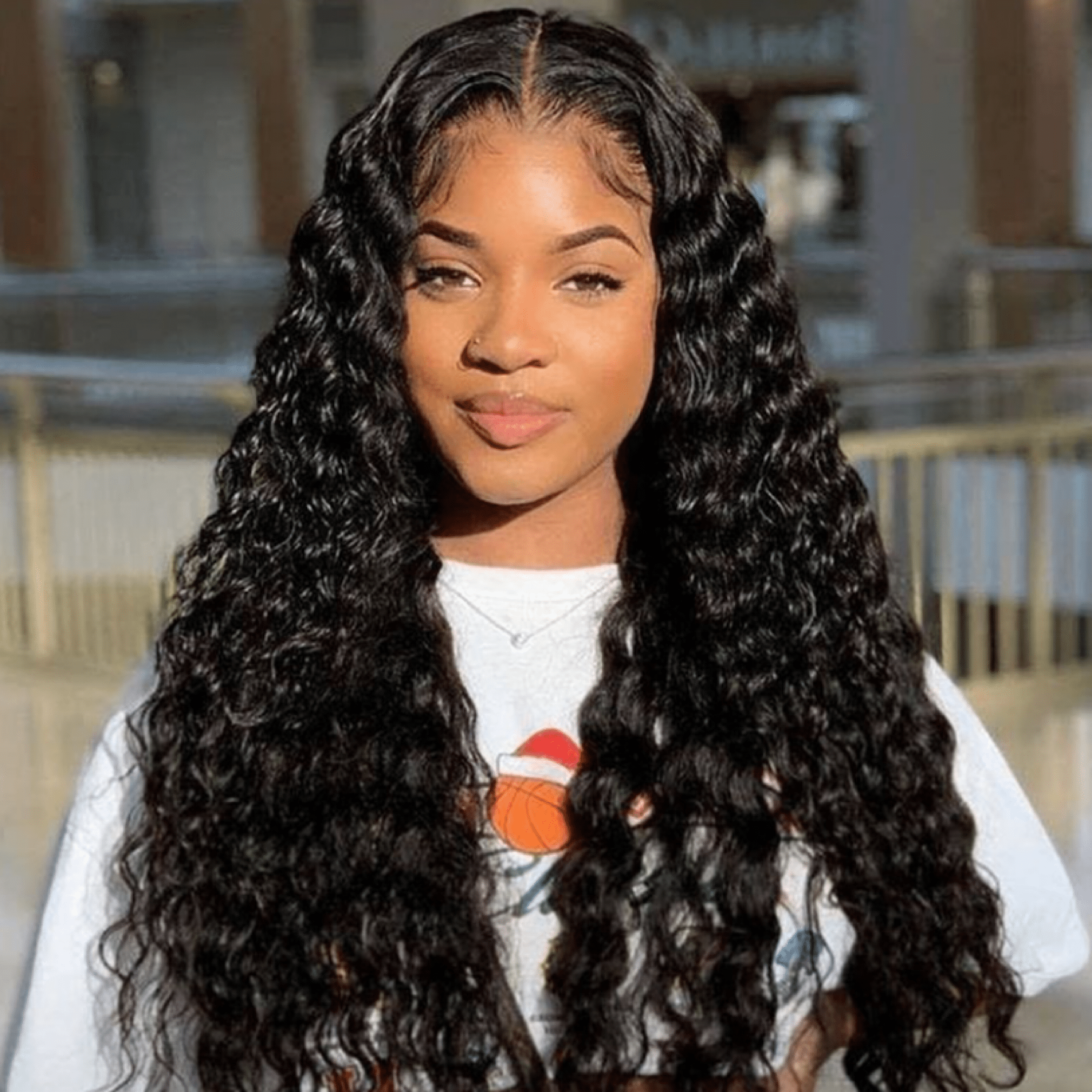
The Risk of Traction Alopecia from Wigs
Traction alopecia, a form of hair loss caused by prolonged tension on the hair follicles, is a potential risk associated with improper wig use. This condition often affects the hairline and areas where the wig applies the most pressure. The risk increases with tight-fitting wigs, heavy styles, or those secured with strong adhesives or tight combs. To minimize this risk, choose wigs that fit comfortably without pulling on the hairline. Alternate the positioning of the wig slightly each time it’s worn to avoid consistent pressure on the same areas. Use wig grips or silicon strips instead of combs or clips when possible to distribute tension more evenly.
Be particularly cautious with edges and baby hairs, as these delicate areas are most susceptible to traction alopecia. Avoid styles that pull tightly on the hairline, such as slicked-back looks or high ponytails, when wearing wigs. If you notice signs of traction alopecia, such as thinning edges or bald patches, take immediate action. Give your natural hair a break from wigs and other tight styles. Consult a dermatologist or trichologist for treatment options, which may include topical medications or scalp treatments. With early intervention and proper care, traction alopecia can often be reversed. By being aware of this risk and taking preventive measures, wig wearers can protect their hairline and maintain healthy natural hair.
Hygiene and Wig Maintenance for Hair Health
Proper hygiene and maintenance of wigs play a crucial role in preserving both the wig’s quality and the health of natural hair underneath. Regularly clean both synthetic and human hair wigs according to manufacturer instructions. For synthetic wigs, use specially formulated wig shampoos and avoid heat styling to maintain the fiber’s integrity. Human hair wigs can be washed with mild shampoos and conditioned to keep them soft and manageable. Always air dry wigs on a wig stand to maintain their shape and prevent tangling. Between washes, use dry shampoo to refresh the wig and absorb excess oils.
This helps extend the time between washes and reduces the buildup of products on the scalp. Store wigs properly when not in use, preferably on a wig stand or in a breathable container. This prevents tangling and maintains the wig’s shape, reducing the need for excessive styling. Brush wigs gently with a wide-toothed comb or wig brush to detangle without causing damage. For natural hair underneath, maintain a regular cleansing and moisturizing routine, even when wearing wigs consistently. Clean any adhesives or styling products from the hairline and scalp thoroughly to prevent buildup. By maintaining good hygiene practices for both the wig and natural hair, wearers can ensure a healthier scalp environment and reduce the risk of hair damage.
The Benefits of Wigs as Protective Styles
While potential risks exist, wigs can offer significant benefits as protective styles when used correctly. Wigs provide a barrier between natural hair and environmental stressors such as sun exposure, wind, and pollution. This protection can help reduce damage and breakage, allowing natural hair to grow and strengthen. For individuals with damaged or fragile hair, wigs offer a way to achieve desired styles without subjecting natural hair to heat or chemical treatments.
This break from styling can be particularly beneficial for those recovering from hair loss or damage. Wigs also provide versatility, allowing wearers to experiment with different colors, lengths, and styles without committing to permanent changes. This can be especially valuable for those growing out their natural hair or transitioning between styles. For people experiencing hair loss due to medical conditions or treatments, wigs offer a way to maintain their appearance and confidence.
The protective nature of wigs can also benefit those with naturally curly or coily hair textures, helping to retain moisture and reduce manipulation. By using wigs as part of a hair care strategy, individuals can give their natural hair a rest while still enjoying stylish and diverse looks. When used in conjunction with proper hair care practices, wigs can be a valuable tool for maintaining and even improving overall hair health.
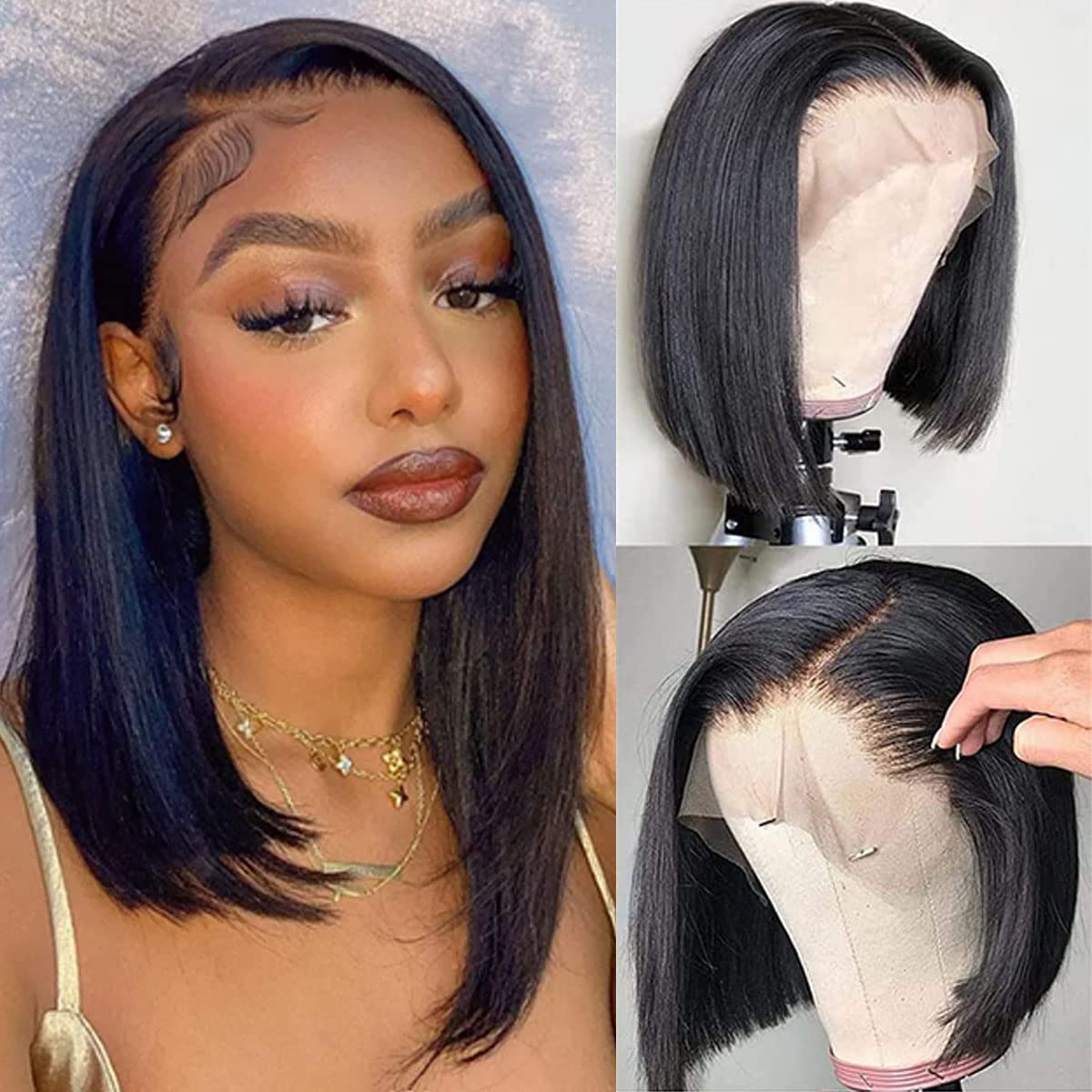
Choosing the Right Wig for Hair Health
Selecting the appropriate wig is crucial for maintaining hair health while enjoying the benefits of wig-wearing. Consider the wig’s construction and materials carefully. Opt for wigs with breathable caps that allow air circulation to the scalp. Monofilament tops and hand-tied wigs often provide the most natural look and feel while being gentler on the scalp. For those with sensitive scalps or prone to allergies, hypoallergenic options are available.
The weight of the wig is another important factor. Choose lighter wigs for everyday wear to reduce strain on the hair and scalp. If a heavier style is desired, limit wearing time or alternate with lighter options. The wig’s size and fit are crucial for comfort and reducing tension. Consider having a wig professionally fitted or measured to ensure the best fit. For those new to wig-wearing, starting with a shorter style or a wig with adjustable straps can help ease the transition.
Human hair wigs, while more expensive, often provide the most natural look and feel, and can be styled like natural hair. Synthetic wigs, on the other hand, require less maintenance and can be more affordable. When choosing between full wigs, lace fronts, or partial pieces, consider your lifestyle and the amount of natural hair you want to leave out. By carefully selecting the right wig, wearers can minimize potential damage to their natural hair while maximizing style and comfort.
Conclusion: Balancing Style and Hair Health
Wearing wigs does not inherently damage hair, but improper use and care can lead to issues. By understanding the potential risks and benefits, individuals can make informed decisions about incorporating wigs into their hair care routines. The key lies in balance – enjoying the versatility and style options wigs offer while maintaining the health of natural hair underneath. Proper application techniques, regular maintenance, and attentive care for both the wig and natural hair are essential.
Choose wigs that fit well, allow for scalp breathability, and distribute tension evenly. Take regular breaks from wig-wearing to allow the scalp and natural hair to breathe. Maintain a consistent hair care routine that focuses on moisturizing and strengthening natural hair. Be vigilant about scalp health, addressing any issues promptly to prevent long-term damage. Remember that everyone’s hair is different, and what works for one person may not work for another.
It may take some experimentation to find the right balance of wig types, wearing schedules, and care routines that work best for individual needs. By approaching wig-wearing with knowledge and care, it’s possible to enjoy the beauty and versatility of wigs while maintaining healthy, thriving natural hair. Ultimately, wigs can be a fantastic addition to any hair care and style regimen when used responsibly and with attention to hair health.
